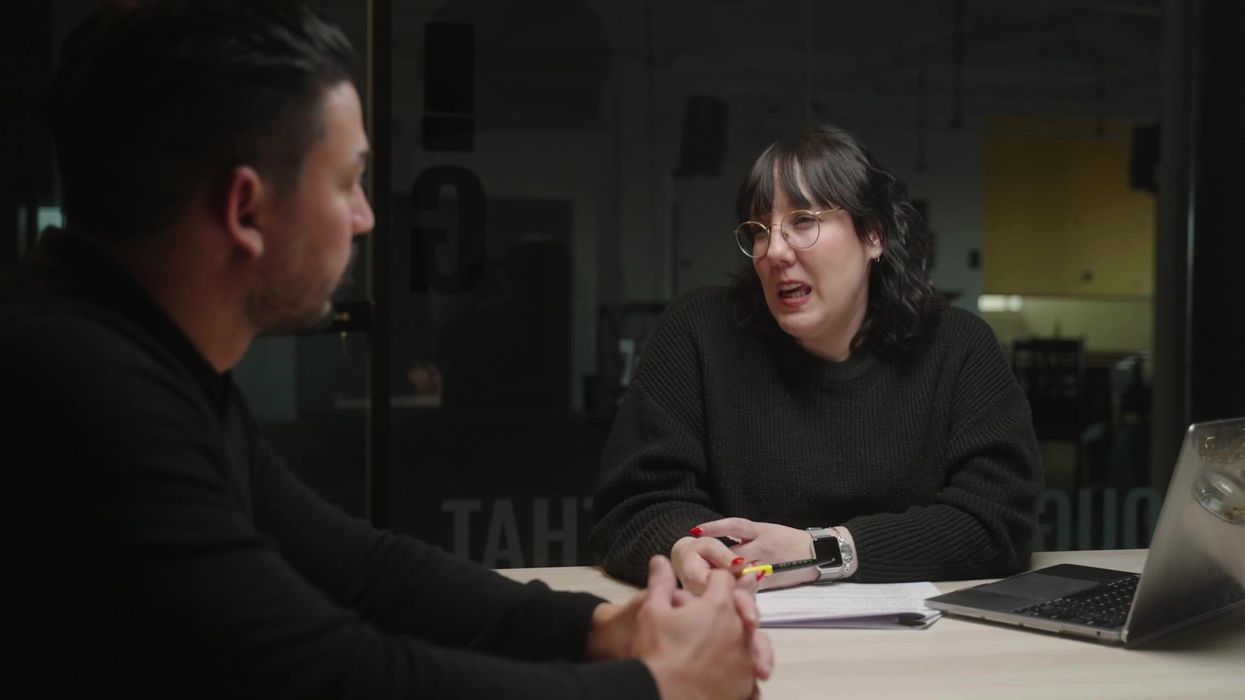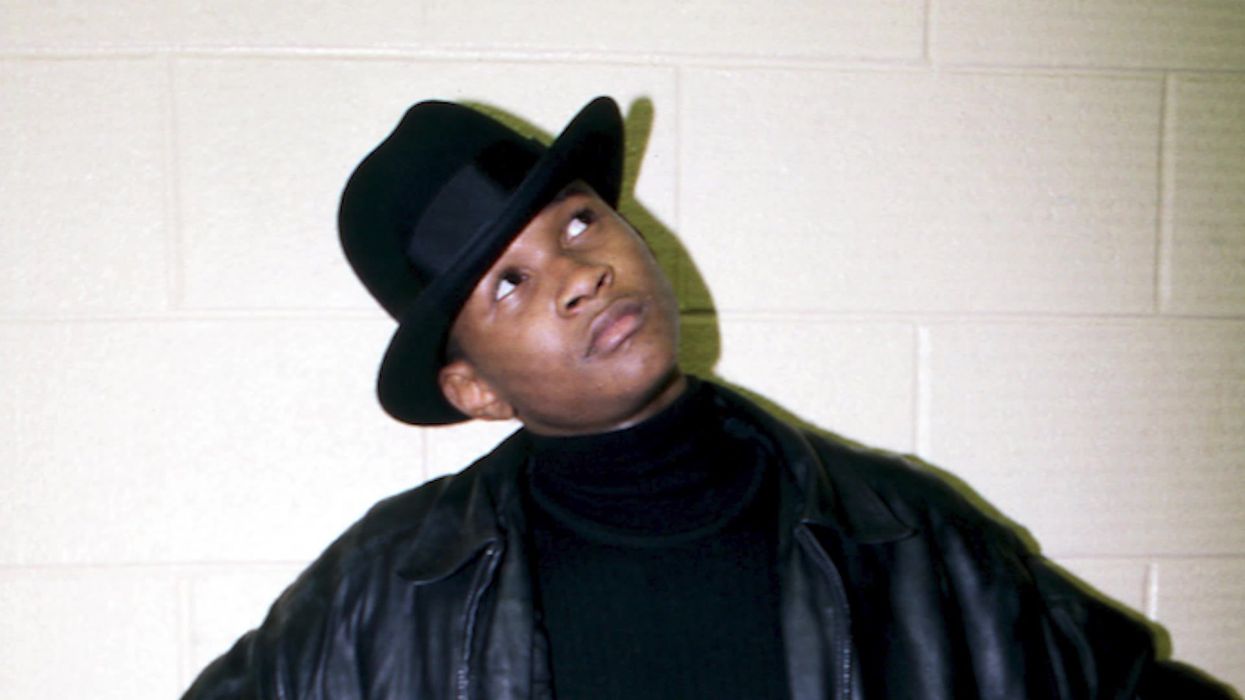Videos
Jennifer Aniston Confronts Matthew Perry After She Broke His Heart
Matthew Perry, adored for his role on "Friends," battled hidden struggles while Jennifer Aniston moved on with Brad Pitt. Despite his confession of feelings for Aniston and subsequent rejection, she noticed his suffering. Aniston's unwavering support and refusal to abandon him played a crucial role in helping Perry overcome his devastating addiction. How did she save Matthew Perry from himself?
Apr 18, 2024





























